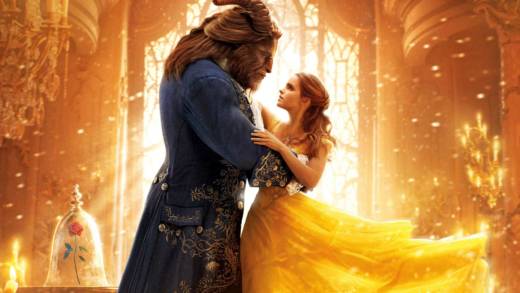Critics have spent the last few weeks gushing over Guillermo del Toro's new movie, The Shape of Water, in which a mute woman falls in love with an aquatic humanoid. The New York Times noted that del Toro "draws on old movies, comic books, mythic archetypes and his own restless visual imagination to create movies that seem less made than discovered, as if he had plucked them from the cultural ether and given them color, voice and form."
Indeed, The Shape of Water is a new, remarkable spin on a centuries-old tradition of stories about beasts and monsters romancing women. No matter your age or interests, everyone has heard of King Kong, Beauty and the Beast, The Hunchback of Notre Dame, and Phantom of the Opera—and they're all basically about the same thing.
Flavorwire notes: "The trope of the angsty monster... soothed by a kind and loving lady has been a cinematic plot line for ages." Nostalgic pop culture website, Flashbak has a theory about why: “The trope has been so persistent because it tells a very human story: that women can redeem men, who are by nature brutish and animalistic.”
Jeanne-Marie LePrince de Beaumont's 1756 version of Beauty and the Beast was based on both an already-classic folktale, and a 1740 story by Gabrielle-Suzanne de Villeneuve (in which the two main characters are cousins!). Beaumont's re-telling of the tale had one very specific goal though.
Vox explains: "Beaumont’s Beauty and the Beast is framed as a story a governess is telling her young charges, girls aged 5 to 13, and its lesson is that arranged marriages aren’t as scary as you might think. It teaches a young girl that her new husband might seem monstrous... but underneath it all, he doubtless has a good heart. And once the young wife learns to see the goodness in her husband’s heart and love him just for that, he will come to seem beautiful and brilliant to her."


